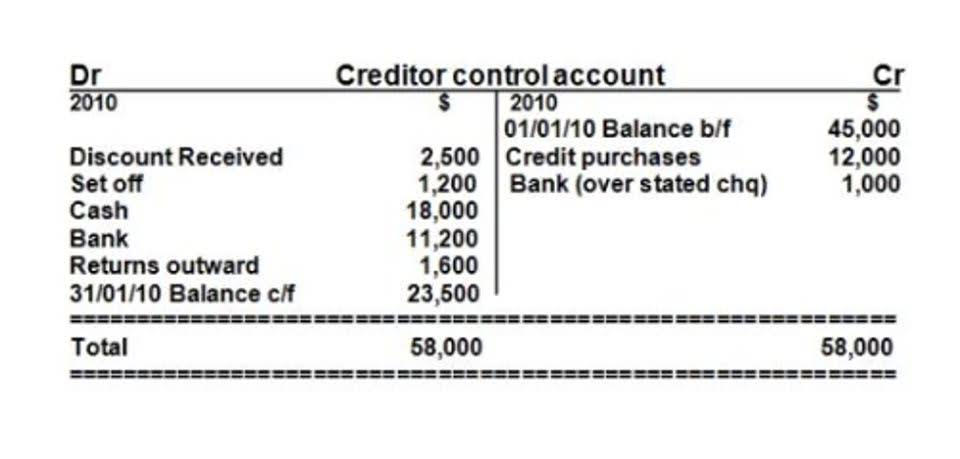Retained Earnings: Definition, Calculation

They do not provide a forward-looking view of a company’s performance or potential risks. To make informed investment decisions, consider combining historical data with future projections and industry analysis. You can also use a company’s beginning equity to calculate its net income or loss. So, if you want to know your company’s net income, simply subtract its total liabilities from its total assets. Finally, companies can also choose to repurchase their own stock, which reduces retained earnings by the investment amount.

No, Retained Earnings represent the cumulative profit a company has saved over time. Retained earnings encompass all earnings retained by the company, whether they come from core business operations, one-time windfalls, or investment gains. It’s vital to differentiate between these sources of earnings when assessing a company’s financial strategy and sustainability. Your company’s retention rate is the percentage of profits reinvested into the business.
How to Calculate Retained Earnings
Now that we’re clear on what retained earnings are and why they’re important, let’s get into the math. To calculate your retained earnings, you’ll need three key pieces of information handy. At Taxfyle, we connect individuals and small businesses with licensed, experienced CPAs or EAs in the US. We handle the hard part of finding the right tax professional by matching you with a Pro who has the right experience to meet your unique needs and will handle filing taxes for you. Note that accumulation can lead to more severe consequences in the future. For example, if you don’t invest in projects or stimulate the interest of investors, your revenue can decrease.
This is just a dividend payment made in shares of a company, rather than cash. It shows a business has consistently generated profits and retained a good portion of those earnings. It also indicates that a company has more funds to reinvest back into the future growth of the business. These programs are retained earnings represents designed to assist small businesses with creating financial statements, including retained earnings. It’s important to note that retained earnings are cumulative, meaning the ending retained earnings balance for one accounting period becomes the beginning retained earnings balance for the next period.
Are Retained Earnings Listed on the Income Statement?
Retained earnings are also called earnings surplus and represent reserve money, which is available to company management for reinvesting back into the business. When expressed as a percentage of total earnings, it is also called the retention ratio and is equal to (1 – the dividend payout ratio). Shareholder equity (also referred to as “shareholders’ equity”) is made up of paid-in capital, retained earnings, and other comprehensive income after liabilities have been paid. Paid-in capital comprises amounts contributed by shareholders during an equity-raising event.
- In 2024, the company generates $35,000 in net income and pays $15,000 in cash dividends and $10,000 in stock dividends.
- Private and public companies face different pressures when it comes to retained earnings, though dividends are never explicitly required.
- Uwaleke highlighted the adverse impact of currency depreciation on banks’ capital base in dollar terms, necessitating the recalibration to enhance competitiveness on the global stage.
- Retained earnings are the portion of a company’s net income that is not paid out as dividends.
As a result, the company’s retained earnings balance increases to $120,000 at the end of 2022. When a company loses money or pays dividends, it also loses its retained earnings. This is the company’s reserve money that management can reinvest into the business. Retained earnings represent a company’s total earnings after it accounts for dividends. Both retained earnings and reserves are essential measures of a company’s financial health. Retained earnings are the profits a company has earned and retained over time, while reserves are funds set aside for specific purposes, like contingencies or dividends.
8 Retained earnings
You can find these figures on Coca-Cola’s 10-K annual report listed on the sec.gov website. It can reinvest this money into the business for expansion, operating expenses, research and development, acquisitions, launching new products, and more. The specific use of retained earnings https://www.bookstime.com/ depends on the company’s financial goals. Ultimately, the company’s management and board of directors decides how to use retained earnings. When a company generates net income, it is typically recorded as a credit to the retained earnings account, increasing the balance.




